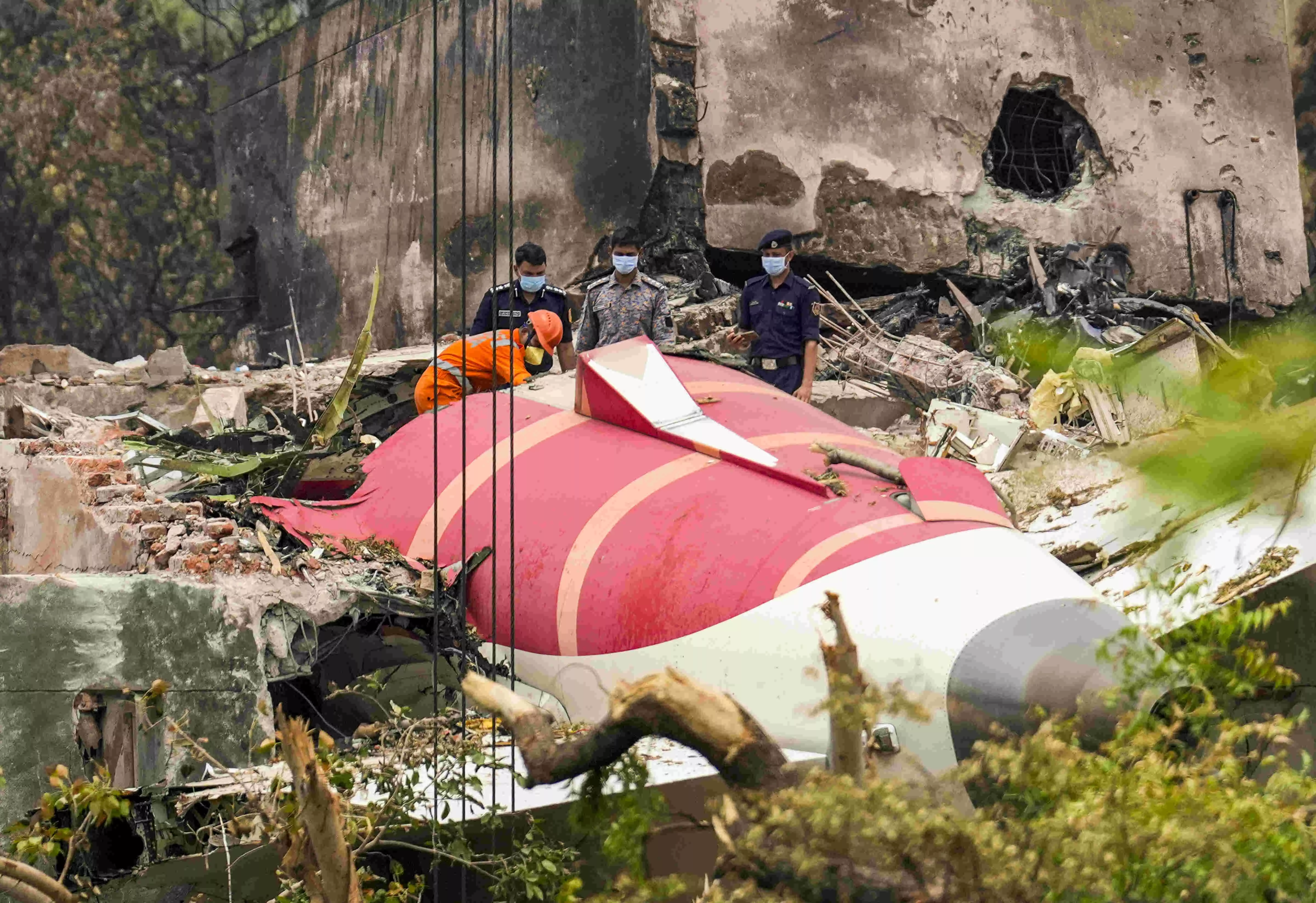Fuel switches cut off before AI plane crash; no recommended action for 787-8 operators for now: AAIB

New Delhi: Both switches feeding fuel to the two engines of Air India flight 171 were cut off followed by pilot confusion before the plane crashed in Ahmedabad, seconds after taking off, the first investigation report into the crash has revealed. It said that one pilot asked why he had shut off the fuel, and the other responded he didn't do it. The crash on June 12 was the first fatal disaster involving a Boeing 787, killing a total of 260 people -- all but one of the 242 people on board the aircraft died -- when the plane ploughed into a medical college hostel. The preliminary report by the Aircraft Accident Investigation Bureau, released on Saturday, recommended no action for now for the operators of Boeing 787-8 planes.
At the time the aircraft took off, the co-pilot was flying the plane, while the captain was monitoring. "The aircraft achieved the maximum recorded airspeed of 180 Knots IAS at about 08:08:42 UTC and immediately thereafter, the Engine 1 and Engine 2 fuel cutoff switches transitioned from RUN to CUTOFF position one after another with a time gap of 01 sec," the report said. As per the report, the engine N1 and N2 began to decrease from their take-off values as the fuel supply to the engines was cut off. "In the cockpit voice recording, one of the pilots is heard asking the other why did he cutoff. The other pilot responded that he did not do so," it said. The aircraft took off at 08:08:39 UTC (13:38:39 IST) and at about 08:09:05 UTC (13:39:05 IST) one of the pilots transmitted 'MAYDAY MAYDAY MAYDAY'. "The ATCO (Air Traffic Controller) enquired about the call sign. ATCO did not get any response but observed the aircraft crashing outside the airport boundary and activated the emergency response," the report said.
In the report of the fatal plane accident that happened in around 30 seconds after take off, AAIB also said fuel samples taken from bowsers and tanks used to refuel the aircraft were tested at the DGCA (Directorate General of Civil Aviation) Lab and were found satisfactory. The preliminary report was widely anticipated to throw more light on what could have led to the crash, which was one of the worst in India in decades, and also it was the first accident involving a Boeing 787 aircraft that resulted in hull loss. The AAIB said the wreckage site activities, including drone photography/ videography have been completed and the wreckage has been moved to a secure area near the airport. "Both engines were retrieved from the wreckage site and quarantined at a hangar in the airport. Components of interest for further examinations have been identified and quarantined," it said. According to the report, fuel samples taken from the bowsers and tanks used to refuel the aircraft were tested at the DGCA's Lab and were found satisfactory. "Very limited amount of fuel samples could be retrieved from the APU filter and Refuel/Jettison valve of left wing. The testing of these samples will be done at a suitable facility capable of carrying out the test with the limited available quantity," it said. The AAIB is gathering additional details based on initial leads and data downloaded from the forward Enhanced Airborne Flight Recorder (EAFR) is being analysed. "At this stage of investigation, there are no recommended actions to B787-8 and/or GE GEnx-1B engine operators and manufacturers," the report said.
The plane that crashed was powered by GEnx-1B engines. Statements of the witnesses and the surviving passenger have been obtained by the Investigators. The complete analysis of post-mortem reports of the crew and the passengers is being undertaken to corroborate aeromedical findings with the engineering appreciation, the AAIB said. The probe is continuing and the investigation team will review and examine additional evidence, records and information that is being sought from the stakeholders. There were 230 passengers on board -- 15 in the business class and 215, including two infants, in economy class. The Pilot In Command (PIC) had more than 15,638 hours of flying experience while the first officer had over 3,403 hours of flying experience. Air India on Saturday said it is working closely with regulators and other stakeholders, and will continue to cooperate with the authorities in the ongoing probe into the plane crash. Boeing, in a statement, said it continues to support the investigation and Air India. "We will defer to the AAIB to provide information about AI171, in adherence with the United Nations International Civil Aviation Organization protocol known as Annex 13," it added.



